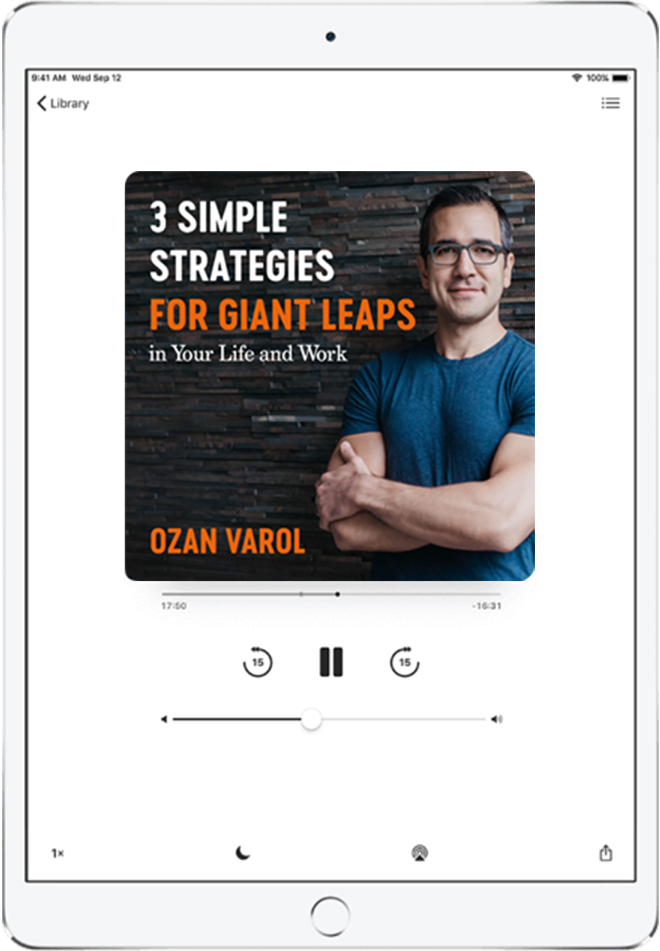I spent the last two weeks in the remote wilderness of Botswana.
This wasn’t just a safari. It was an immersion into the untamed natural world. During our time, we were surrounded by wild dogs, lions, leopards, hippos, elephants, and everything else in between.
The journey to our campsite was an odyssey in itself, involving jets, prop planes, and a helicopter ride (with one takeoff delayed by a family of warthogs crossing the airstrip!).
One afternoon in particular provided a lesson that changed my understanding of rest.
After driving around the bush for hours, we came across a pride of lions on the hunt (here’s a photo I snapped). For a while, they prowled their territory—a seamless blend of power and patience—before deciding it was time for a break.
What struck me wasn’t their decision to rest.
It was how they rested.
For me, “rest” means switching from one task to another—replacing work with reading, listening to music, watching movies, or other “active rest” activities. These are all fun diversions, a way to switch the mind’s tracks without completely stopping its journey.
But unlike humans, these lions surrendered entirely to rest. They sprawled out under the African sun, eyes closed, each muscle at ease (here’s a photo). This type of complete and unapologetic stillness might seem at odds with the idea of the lion as a symbol of constant vigilance and strength. Yet their power lied in recognizing when to pause and embrace complete rest.
This stark contrast between human and lion approaches to rest—active versus complete—struck a chord. Active rest merely diverts our energy from one channel to another, providing a change of scenery. But complete rest pulls us off the mental merry-go-round, offering our minds and bodies a chance to reset in a way that partial engagement can’t.
Inspired, I began experimenting with this lion-like form of rest. Instead of switching tasks as a mental break, I embraced stillness. I would lie down for 15 minutes—not to take a nap—but to disconnect entirely, close my eyes, and just be. No podcasts to stimulate thought, no books to engage the mind. Just a complete shutdown of all my senses.
The results were astonishing. This practice of “doing nothing” rejuvenated me more than any active rest ever had—enhancing my presence, focus, and creativity in every aspect of life. What would normally take me two hours took one. This experiment has morphed into a lifestyle, one that honors the natural rhythms of action and rest.
You might be thinking, “I’m too busy to completely rest. I’ve got responsibilities that can’t be ignored.”
But here’s the thing: These lions prioritized rest despite their hunger and despite the dangers lurking nearby. Their situation was truly life-or-death. Your PowerPoint presentation pales in comparison. If they can rest, so can you.
If you’re feeling a low-level form of tiredness throughout the day, you might be relying too much on active rest and too little on complete rest.
So, the next time you hesitate to take a full break, thinking of your endless to-do list or looming deadlines, remember the lions of Botswana. Give yourself the permission to rest fully, to shut down completely—even if just for a short while.
You’ll find that sometimes, the most productive thing you can do is absolutely nothing at all.




